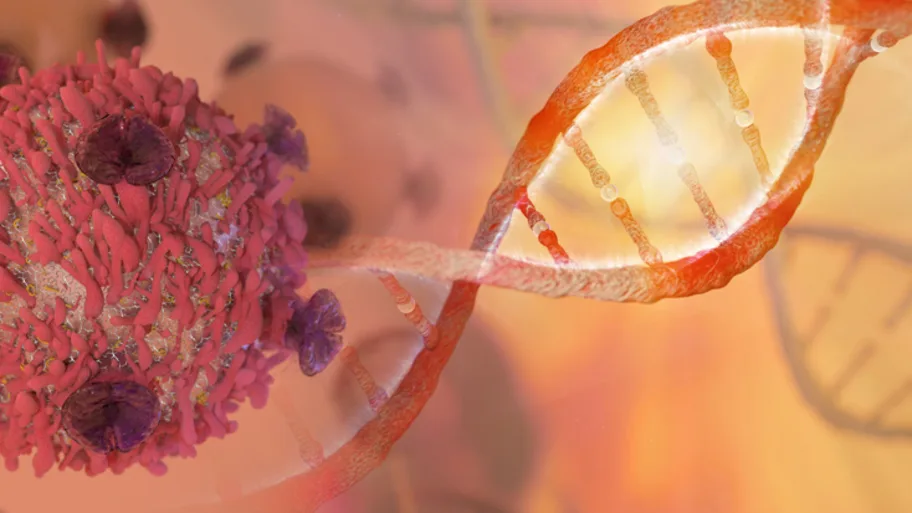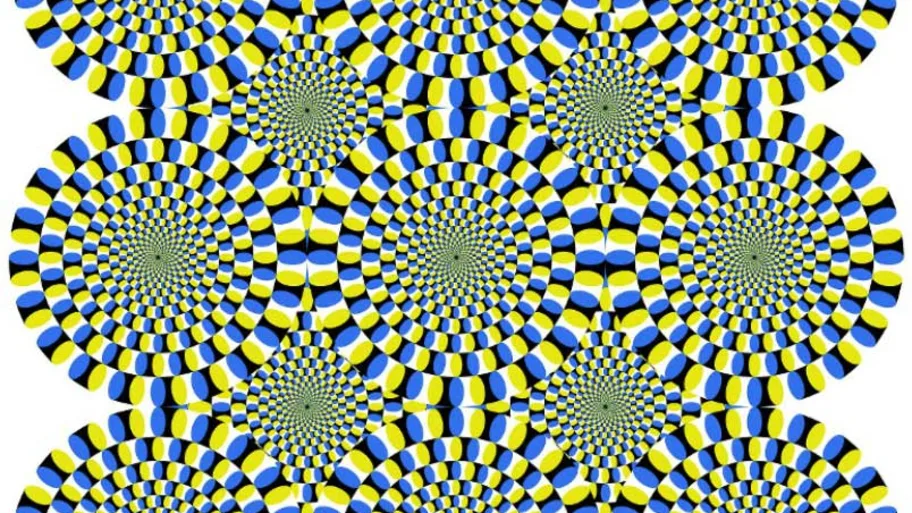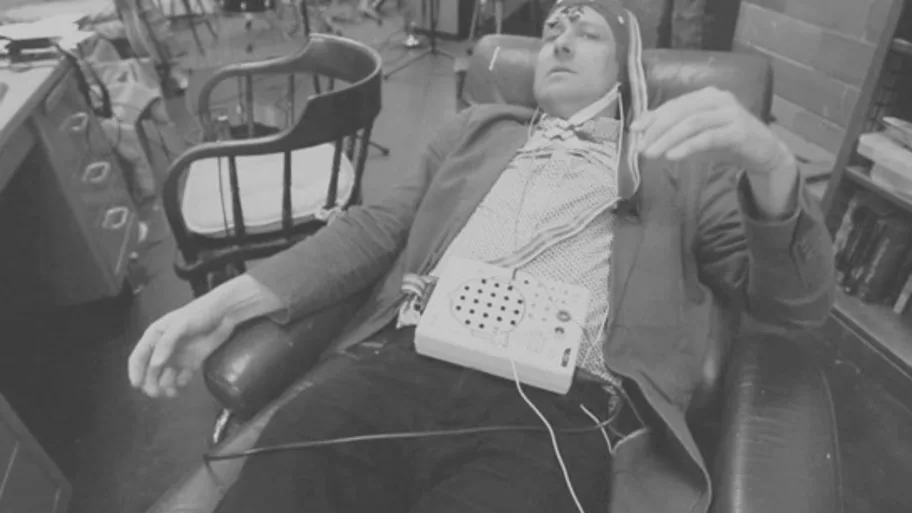
- Science News
- Featured news
- Artificial intelligence enables recognizing and assessing a violinist’s bow movements
Artificial intelligence enables recognizing and assessing a violinist’s bow movements

A system identifies violinists’ bowing techniques with 94 percent accuracy. Credit: UPF.
A system developed by David Dalmazzo and Rafael Ramírez, members of the Music Technology Group, allows violin students to benefit from real-time accurate information about their movements when playing the instrument
— by Pompeu Fabra University, Barcelona
In playing music, gestures are extremely important, in part because they are directly related to the sound and the expressiveness of the musicians. Today, technology exists that captures movement and is capable of detecting gestural details very precisely.
In a study published in Frontiers in Psychology, David Dalmazzo and Rafael Ramírez, members of the Music and Machine Learning Lab of the Music Technology Group (MTG) at the Department of Information and Communication Technologies (DTIC) of UPF, apply artificial intelligence to the automatic classification of violin bow gestures according to the performer’s movement.
“We recorded movement and audio data corresponding to seven representative bow techniques (Détaché, Martelé, Spiccato, Ricochet, Sautillé, Staccato and Bariolage) performed by a professional violinist. We obtained information about the inertial motion from the right forearm and we synchronized it with the audio recordings”, explain Dalmazzo and Ramírez, authors of the study.
Bowing Gestures Classification in Violin Performance: A Machine Learning Approach► Read original article► Download original article (pdf)
A system identifies violinists’ bowing techniques with 94% accuracy
The data used in this study are available in an online public repository. After extracting the characteristics of the information concerning movement and audio, the researchers trained a system to automatically identify the different bow techniques used in playing the violin. The model can determine the different techniques studied to more than 94% accuracy. The results enable applying this work to a practical learning scenario, in which students of violin can benefit from the feedback provided by the system in real time.
Related: Music lessons improve children’s cognitive skills and academic performance
This study was conducted within the framework of the TELMI (Technology Enhanced Learning Performance of Musical Instrument) project. Its purpose is to investigate how technology (sensors, multimodal data, artificial intelligence, and computer systems) can improve the practices of students of music, helping them to focus on the precise development of good practices, especially when incorporating new musical skills.
With the violin as a case study, one of the main goals of the project is to provide students with feedback in real time, as well as allowing them to compare their performances with those of leading experts. “Our findings have already been generalized to other musical instruments and applied in music education environments”, adds Rafael Ramírez, principal investigator of the project.
Original article: Bowing Gestures Classification in Violin Performance: A Machine Learning Approach
REPUBLISHING GUIDELINES: Open access and sharing research is part of Frontiers’ mission. Unless otherwise noted, you can republish articles posted in the Frontiers news blog — as long as you include a link back to the original research. Selling the articles is not allowed.






